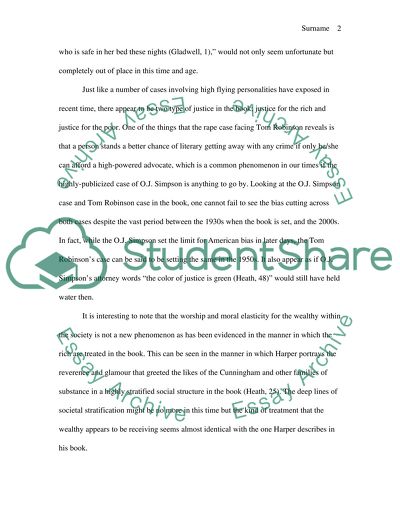Cite this document
(“Compare and contrast society in To Kill a Mockingbird to the south Research Paper”, n.d.)
Compare and contrast society in To Kill a Mockingbird to the south Research Paper. Retrieved from https://studentshare.org/literature/1595119-compare-and-contrast-society-in-to-kill-a-mockingbird-to-the-south-today
Compare and contrast society in To Kill a Mockingbird to the south Research Paper. Retrieved from https://studentshare.org/literature/1595119-compare-and-contrast-society-in-to-kill-a-mockingbird-to-the-south-today
(Compare and Contrast Society in To Kill a Mockingbird to the South Research Paper)
Compare and Contrast Society in To Kill a Mockingbird to the South Research Paper. https://studentshare.org/literature/1595119-compare-and-contrast-society-in-to-kill-a-mockingbird-to-the-south-today.
Compare and Contrast Society in To Kill a Mockingbird to the South Research Paper. https://studentshare.org/literature/1595119-compare-and-contrast-society-in-to-kill-a-mockingbird-to-the-south-today.
“Compare and Contrast Society in To Kill a Mockingbird to the South Research Paper”, n.d. https://studentshare.org/literature/1595119-compare-and-contrast-society-in-to-kill-a-mockingbird-to-the-south-today.


